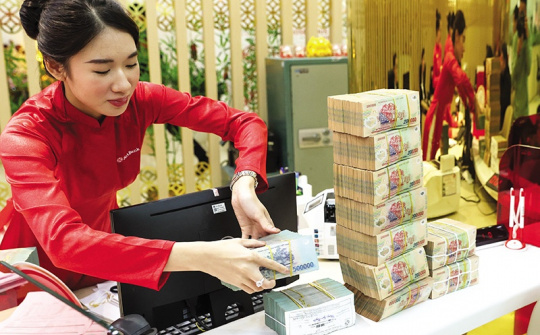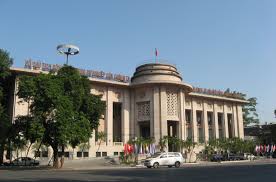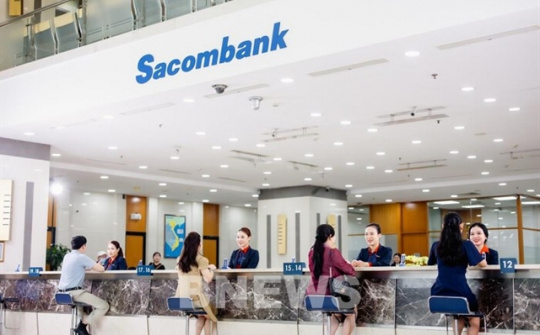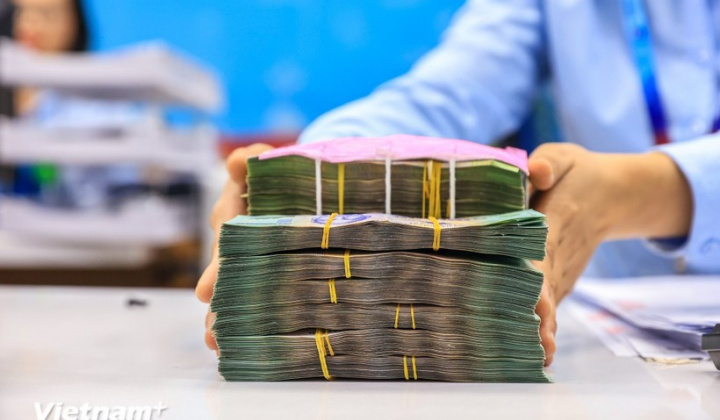By the end of April, the average 12-month deposit rate offered by commercial banks fell by 12 basis points to 4.93 per cent per annum, while state-owned commercial banks kept their rates steady at 4.7 per cent.
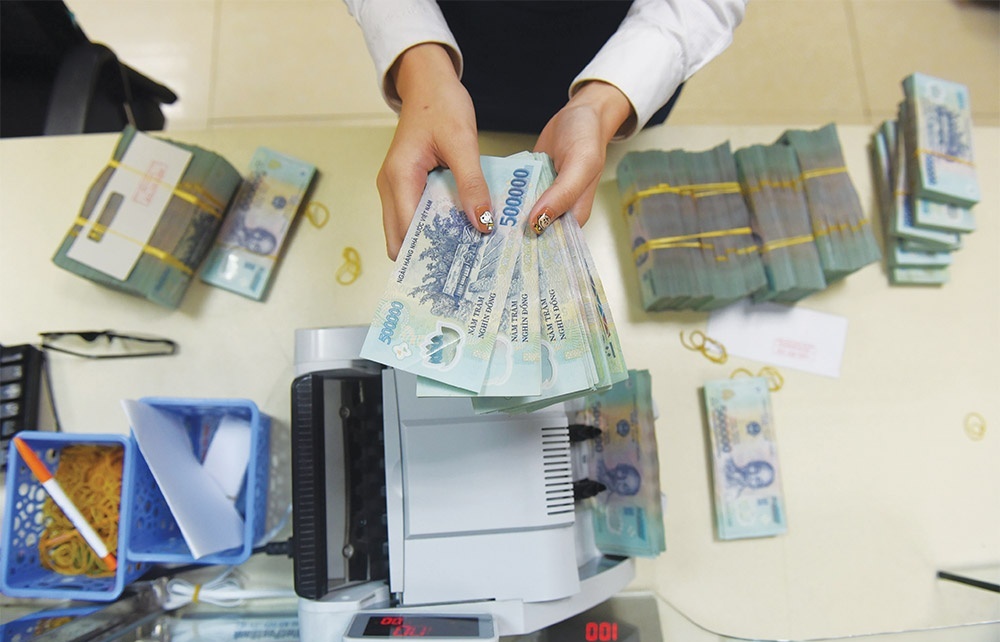
In May, MB, GPBank, and Eximbank further reduced their deposit rates. Conversely, Techcombank and BAC A BANK implemented rate increases during the same period.
MBS Research experts noted that although deposit interest rates are currently trending downward, funding costs will gradually increase towards year-end amid expectations of positive economic growth and credit growth reaching or even exceeding the target of 16 per cent.
“Credit growth this year is expected to reach 17-18 per cent, driven by recovery of manufacturing and domestic consumption, and accelerated disbursement of public investment. Based on this, we forecast that the 12-month term deposit rate at large commercial banks will fluctuate around 5.5-6 per cent per annum this year,” MBS Research forecasted.
The State Bank of Vietnam (SBV) remained steadfast in its goal of interest rate stability and credit growth support, an orientation consistently stated in policy statements and recent operational moves.
On May 23, the SBV lent nearly $1.724 billion to eight members through the collateralised lending channel at an interest rate of 4.5 per cent per annum with a 14-day tenor, marking one of the highest issuance volumes in the history of the interbank market.
A day previously, the central bank raised the winning bid interest rate on the open market operations (OMO) channel from 4.25-4.5 per cent per annum and lent nearly $1 billion to nine members, with a 7-day tenor.
The regulator also issued an additional $30 million in treasury bills with a 28-day tenor at a rate of 4.2 per cent per annum, the highest since March 2023.
Also on May 23, a batch of treasury bills worth $16 million matured, along with a loan of $1.92 million through the OMO channel. As a result, the SBV net injected approximately $1.71 billion. Following this, the SBV shifted from net absorption to net injection of about $573 million, similar to the end of April 2024.
According to Maybank Securities, the OMO interest hike is one of the SBV’s operations to push up VND rates in the interbank market, narrowing the interest rate gap between USD and VND, thereby reducing speculative pressure on USD.
“In the near future, if the US Federal Reserve implements the expected rate cut cycle, the SBV will have more room to loosen monetary policy. If the Fed cuts rates 2-3 times this year, the SBV may consider lowering the OMO rate from the current 4 per cent per annum,” said Dinh Quang Hinh, head of Macro & Market strategy at VNDirect. “In a stronger easing move, the SBV could reduce the policy rate by 25 basis points in Q3 to stimulate credit growth and support GDP growth targets.”
VNDirect also expected deposit interest rates to remain stable and maintains its forecast for the average 12-month term deposit rate at 4.8–5 per cent per annum for this year, reflecting the view that the SBV will maintain monetary easing and actively support banking system liquidity, thereby sustaining a low interest rate environment to support the economy.
According to the SBV’s Q2 survey on business trends among credit institutions, such institutions predict that the average VND deposit interest rate across the system will remain stable in Q2 and only slightly increase by 0.02 percentage points for terms over six months and by 0.17 percentage points for terms up to six months throughout 2025.
Meanwhile, the average VND lending interest rate is forecast to see a slight decline of 0.03-0.08 percentage points in Q2 and all of 2025.
Bao Viet Securities evaluates that controlled inflation and reduced exchange rate pressure create stronger conditions for the SBV to continue maintaining an expansionary monetary policy to support growth. “We believe that deposit and lending interest rates will continue to decline in the near term,” it said.
Vietcombank Securities forecasts that the SBV will continue to operate stable interest rates to ensure alignment with the overall economic interest rate environment and macroeconomic targets.
“The SBV tends to direct commercial banks to further reduce lending rates by cutting costs and applying digital technology to reduce expenses, supporting interest rates for businesses and individuals. Accordingly, we lean towards the scenario that deposit rates will remain stable in the near future while lending rates stay low, although differentiation among sectors persists,” said Vietcombank Securities.
In credit growth and lending rate support developments, on May 20, Governor of the SBV Nguyen Thi Hong submitted to the National Assembly a draft law amending and supplementing several articles of the Law on Credit Institutions.
Specifically, the SBV will have the authority to decide on special lending secured or unsecured to credit institutions. Collateral for loans from the SBV is regulated by the governor. The special lending interest rate from the SBV would be 0 per cent per annum.
The legislature is scheduled to discuss the draft law in plenary session on May 29 and vote on June 17.



